Lupine Publishers | Journal of Respiratory & Skin Diseases
Abbrevations: COSY: Correlation Spectroscopy; ECOSY: Exclusive Correlation Spectroscopy; TOCSY: Total Correlation Spectroscopy; INADEQUATE: Incredible Natural-Abundance Double-Quantum Transfer Experiment; HSQC: Heteronuclear Single-Quantum Correlation Spectroscopy; HMBC: Heteronuclear Multiple-Bond Correlation Spectroscopy; NOESY: Nuclear Overhauser Effect Spectroscopy; ROESY: Rotating Frame Nuclear Overhauser Effect Spectroscopy
Image Article
Figure 1: Correlation Spectroscopy (COSY) analysis of malignant human cancer cells and tissues (a) before and (b) after irradiating of synchrotron radiation in transformation process to benign human cancer cells and tissues with the passage of time.
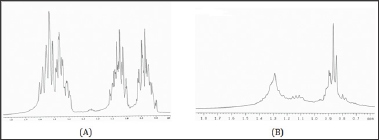
In the current study, we have experimentally and comparatively investigated and compared malignant human cancer cells and tissues such as Bladder Cancer, Breast Cancer, Colorectal Cancer, Endometrial Cancer, Kidney Cancer, Leukemia, Liver, Lung Cancer, Melanoma, Non-Hodgkin Lymphoma, Pancreatic Cancer, Prostate Cancer, Thyroid Cancer and Non-Melanoma Skin Cancer before and after irradiating of synchrotron radiation for proton beam therapy using Correlation Spectroscopy (COSY), Exclusive Correlation Spectroscopy (ECOSY), Total Correlation Spectroscopy (TOCSY), Incredible Natural-Abundance Double-Quantum Transfer Experiment (INADEQUATE), Heteronuclear Single-Quantum Correlation Spectroscopy (HSQC), Heteronuclear Multiple-Bond Correlation Spectroscopy (HMBC), Nuclear Overhauser Effect Spectroscopy (NOESY) and Rotating Frame Nuclear Overhauser Effect Spectroscopy (ROESY). It is clear that malignant human cancer cells and tissues have gradually transformed to benign human cancer cells and tissues under synchrotron radiation with the passage of time (Figures 1-4) [1-50]. It should be noted that malignant human cancer cells and tissues were exposed under white synchrotron radiation for 30 days. Furthermore, there is a shift of the spectrum in all of spectra after irradiating of synchrotron radiation that it is because of the malignant human cancer cells and tissues shrink post white synchrotron irradiation with the passage of time. In addition, all of the figures are related to the same human cancer cells and tissues. Moreover, in all of the figures y-axis shows intensity and also x-axis shows energy (keV) [51-100].
Figure 2: Exclusive Correlation Spectroscopy (ECOSY) analysis of malignant human cancer cells and tissues (a) before and (b) after irradiating of synchrotron radiation in transformation process to benign human cancer cells and tissues with the passage of time .

Figure 3: Total Correlation Spectroscopy (TOCSY) analysis of malignant human cancer cells and tissues (a) before and (b) after irradiating of synchrotron radiation in transformation process to benign human cancer cells and tissues with the passage of time .
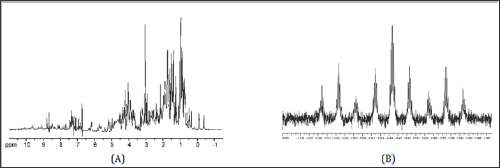
Figure 4: Incredible Natural-Abundance Double-Quantum Transfer Experiment (INADEQUATE) analysis of malignant human cancer cells and tissues (a) before and (b) after irradiating of synchrotron radiation in transformation process to benign human cancer cells and tissues with the passage of time.

It can be concluded that malignant human cancer cells and tissues have gradually transformed to benign human cancer cells and tissues under synchrotron radiation with the passage of time (Figures 5-8). It should be noted that malignant human cancer cells and tissues were exposed under white synchrotron radiation for 30 days. Furthermore, there is a shift of the spectrum in all of spectra after irradiating of synchrotron radiation that it is because of the malignant human cancer cells and tissues shrink post white synchrotron irradiation with the passage of time. In addition, all of the figures are related to the same human cancer cells and tissues. Moreover, in all of the figures y-axis shows intensity and also x-axis shows energy (keV) [101-135].
Figure 5: Heteronuclear Single-Quantum Correlation Spectroscopy (HSQC) analysis of malignant human cancer cells and tissues (a) before and (b) after irradiating of synchrotron radiation in transformation process to benign human cancer cells and tissues with the passage of time.
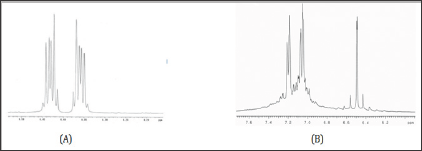
Figure 6: Heteronuclear Multiple-Bond Correlation Spectroscopy (HMBC) analysis of malignant human cancer cells and tissues (a) before and (b) after irradiating of synchrotron radiation in transformation process to benign human cancer cells and tissues with the passage of time .
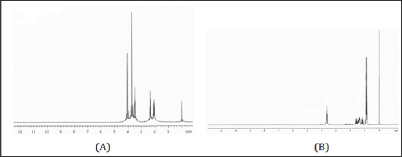
Figure 7: Nuclear Overhauser Effect Spectroscopy (NOESY) analysis of malignant human cancer cells and tissues (a) before and (b) after irradiating of synchrotron radiation in transformation process to benign human cancer cells and tissues with the passage of time.
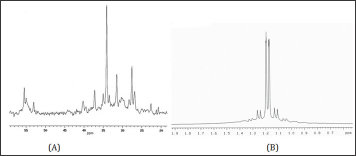
Figure 8: Rotating Frame Nuclear Overhauser Effect Spectroscopy (ROESY) analysis of malignant human cancer cells and tissues (a) before and (b) after irradiating of synchrotron radiation in transformation process to benign human cancer cells and tissues with the passage of time.
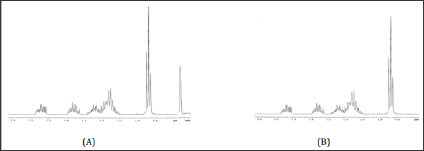

No comments:
Post a Comment
Note: only a member of this blog may post a comment.